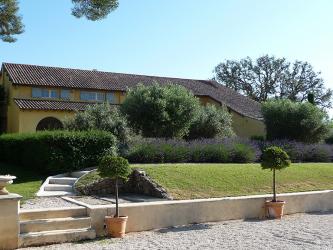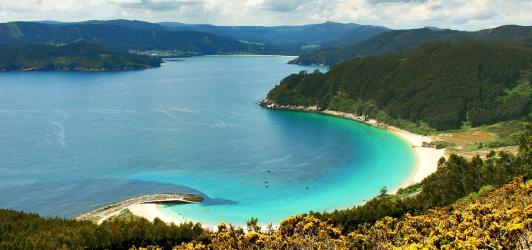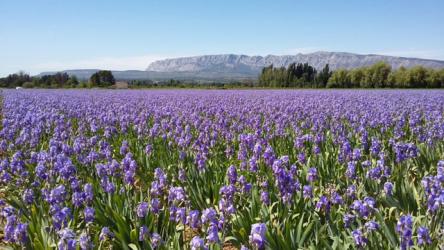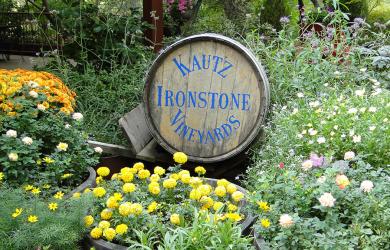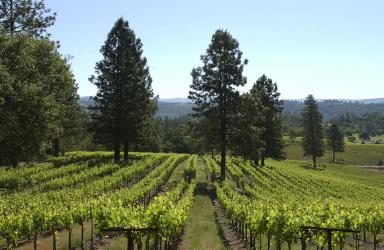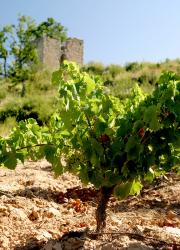You’d be hard-pressed to find any item of food or drink that has more variety than wine. Just look at the number of different labels found on a large retailer’s shelf, and then think of all those wines that never get to those shelves, that are sold only in their own countries, regions or even only at their own wineries. I recently read that there are over 10,000 different grape varieties grown on every continent, except Antarctica!
With such enormous choices, it makes no sense to limit oneself to only a handful of grapes that even the most-casual wine drinker knows. There are quite a few lesser-known alternatives to well-known grape varieties that would normally be paired with dishes most people eat regularly, and these wines can be found for sale in the St. Louis area.
Chef Alex Hayworth of YaYa’s Euro Bistro in Chesterfield will be demonstrating to an audience of eager home cooks how to prepare some of the dishes that please guests of this eclectic restaurant, and the wine choices that will accompany them are surprising. His version of wood-fired prosciutto pizza starts with in-house dough on which thinly shaved prosciutto is layered over apple-pear jam, slices of locally-made mozzarella, provolone, blue cheese and apple slices. When this sweet and salty pizza comes out of the restaurant’s wood-fired oven, it’s topped with local honey, whole grain mustard and locally-sourced micro arugula.
While many people would think pizza, with a meat like prosciutto and the cheeses, should be accompanied by an Italian red wine, the sweetness from the jam, apples and honey actually calls out for a wine that has the fruit characteristics that balance the salt, the acidity to stand up to the richness of the cheese and the meat, and some citric notes that will keep the sweetness in check. Maybe the most popular non-white wine of summer – Rosé.
You can find many Rosés on the market today made from many different grapes and coming from as different parts of the world as Spain and South Africa. Purists believe, however, that the only real Rosé comes from where the blush-colored wine was first produced, in Provence, France, and it must be made with the French grape, Grenache. Chateau Ferry Lacombe’s Mira Rosé, from a small, family-owned winery in the heart of Provence, is a textbook example of the way French Rosé should look and taste. It is soft pink-rose in color, with strong red berry aromas and a palate of red berry flavors that move into citrus characteristics, fresh and minerally. It’s ideal for the toppings on this pizza.
With a grilled flat iron steak that is marinated in herb oil and garnished with chili butter, grilled scallions and Fresno chilies, the wine one might instinctively think to pour is a California Cab. That would be a good choice, but maybe a bottle of one of the few Native American varietals, the bold and spicy Zinfandel, will bring different flavor notes from the dish to the forefront and be an even better partner than the Cab for the heat those chilies will surely provide. Ironstone’s Reserve Old Vines Zinfandel, coming from a family of long-time grape-growers in California’s Lodi appellation, is made with grapes from Zin vines as old as 80 years.
The plushness those grapes impart, as well as flavors of ripe blackberries, pepper and chocolate, are tailor-made for this flavor-filled version of grilled steak, especially when served over sautéed late-summer corn and roasted red peppers.
White wine with fish is always a safe bet, but the wine does not always have to be the two most popular on the market – Chardonnay or Sauvignon Blanc. Especially when the fish being served is salmon, seasoned with such aromatic Moroccan spices as coriander, cinnamon, cumin, turmeric and smoked paprika and then grilled over hickory wood. Add to this a little syrup-like sauce made from reducing sugar and white balsamic vinegar and fresh lemon juice, and you have quite the explosion of contrasting tastes in your mouth.
The wine to accompany this flavor cacophony has to be clean, crisp and minerally, while also releasing aromatics such as white fruit (peach and apple), white flowers, citrus and even almond. From the above description, grapes from Germany, Austria or the Alsace region of France (especially Gewürztraminer and Riesling) might first spring to mind, but a surprise choice comes from a country much better known for its red grapes – sunny Spain. Sunny, that is except for the part along the Atlantic Coast that borders Portugal and is known as Rias Baixas, within Spain’s Galicia region.
It is here that Spain’s best-known white grape, Albarino, is grown, in a much wetter part of the country that also sees quite a bit of fog from the ocean. The cool, but temperate climate, the granite soil and the hint of saline that the fog leaves behind all combine to give this grape the exact flavor profile described above. A label to look for is Pazo Cilleiro, a winery that assures the grapes’ natural acidity by not undergoing malolactic fermentation, as many other Albarinos do. Its marriage of concentrated fruit and acidity accentuate and complement the myriad flavors of this salmon preparation.
French Grenache (as Rosé), American Zinfandel and Spanish Albarino…not the “usual suspects” among grapes, but fine choices for familiar foods.


